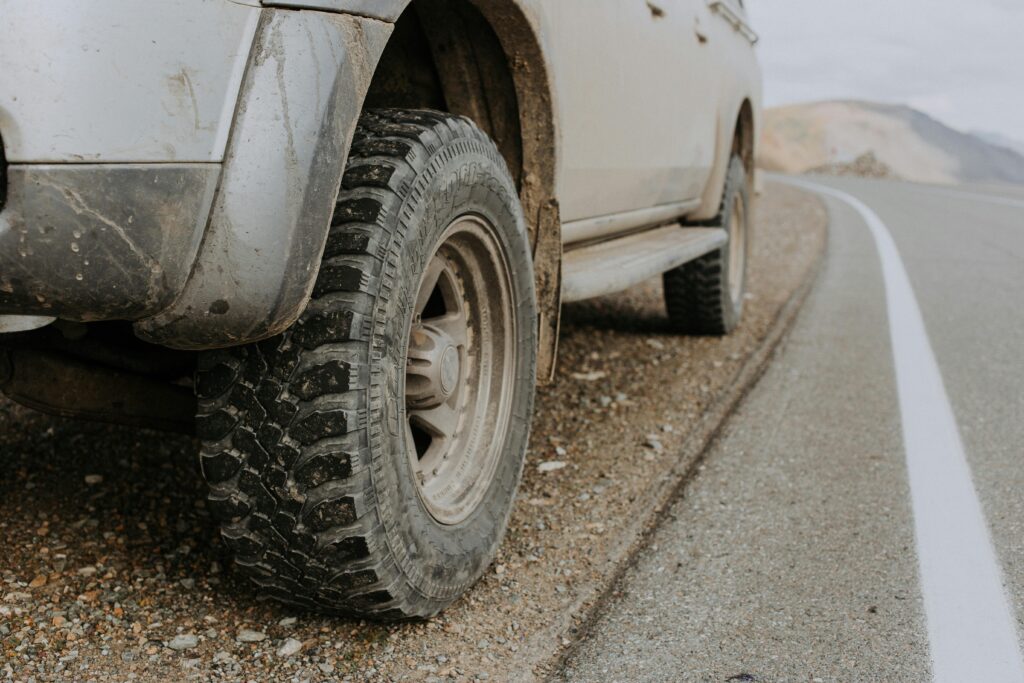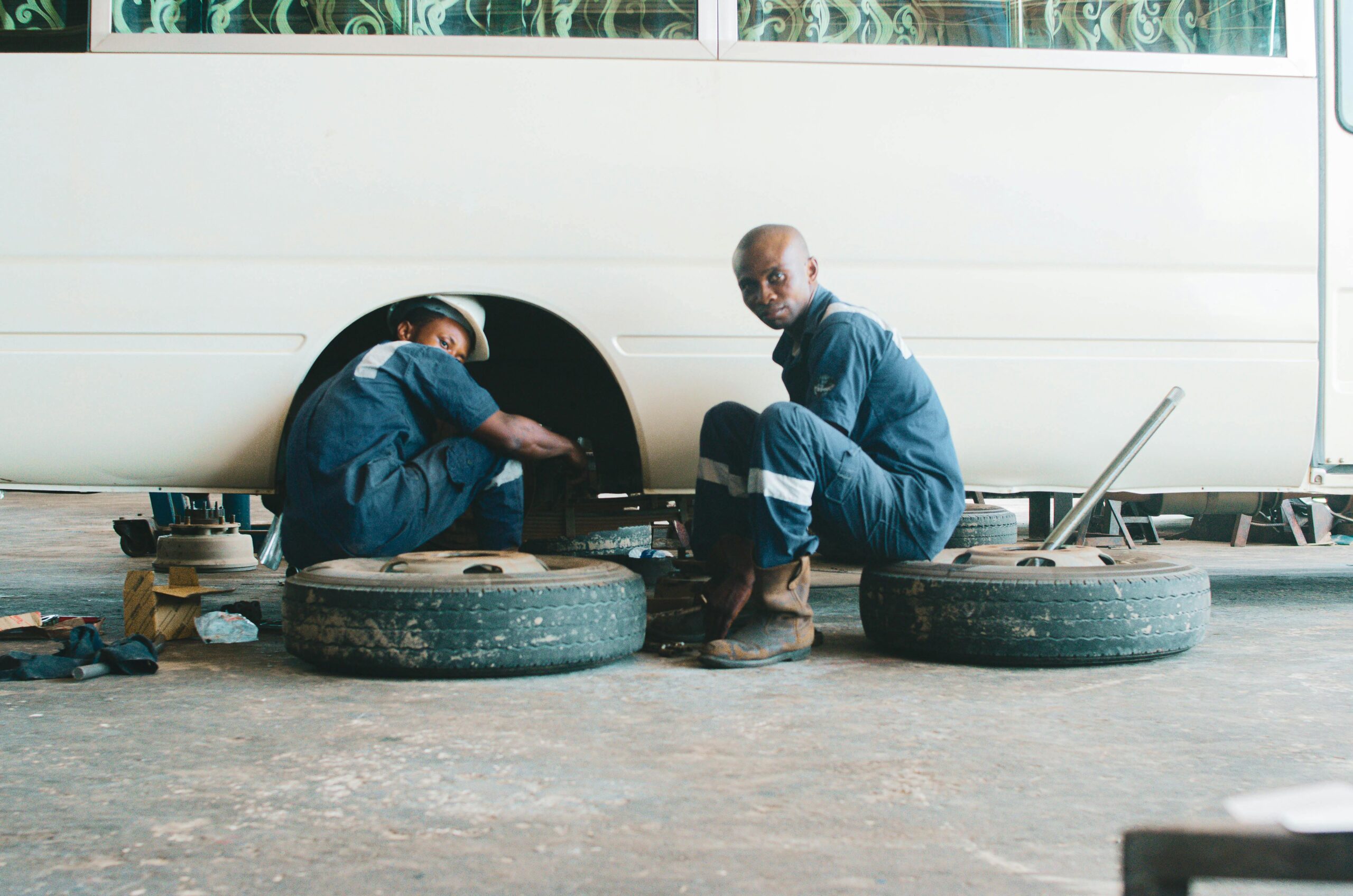10 Dangers Of Buying Used Car Tires

When buying tires for your car, opting for used ones might seem like a smart way to save some money. After all, they’re usually much cheaper than brand-new tires. However, many people don’t realize that used tires can come with hidden dangers that could put your safety at risk. Before you decide to buy used tires, here are ten key dangers that every buyer should consider.
Hidden Damage

While the tires may appear to be in good condition, internal damage from hitting potholes or curbs can compromise their safety. Such damage often goes unnoticed during visual inspections, especially if the tire has been patched or repaired. Even minor internal defects can cause the tire to fail suddenly while driving, leading to potential accidents. It’s important to consider that the tire’s structural integrity may not be easily visible to the naked eye.
Reduced Tread Depth

Tires lose their grip and traction as they wear down, and buying used tires with low treads can compromise driving safety. A shallow tread depth increases the risk of hydroplaning in wet conditions, reducing vehicle control. Manufacturers like Bridgestone recommend replacing tires when the tread depth falls below 2/32 inches, but some used tires may be well below this limit. Drivers might not realize that worn tires contribute to longer stopping distances, especially in emergencies.
Age of the Rubber

Another danger of purchasing used tires is the age of the rubber. Tires have a shelf life and degrade over time, even if they haven’t been used much. The rubber hardens and loses flexibility, which makes the tires more prone to cracking and blowouts. A tire that is several years old, even if it looks new, might not perform as expected. To determine the age of a tire, buyers can check the DOT code, which provides the tire’s manufacturing date, often indicating whether it is too old to be safe.
Inconsistent Wear Patterns

Misalignment, improper inflation, or suspension issues can cause tires to wear unevenly, and these problems may not be immediately visible. Purchasing a used tire with uneven wear can affect the overall driving experience, causing vibration, reduced comfort, and even damage to the vehicle’s suspension system. Uneven wear can also result in the tire failing prematurely, leading to costly replacements. Ensuring used tires are thoroughly inspected for these signs of wear is essential before purchasing.
Lack of Warranty or Guarantee

New tires usually have warranties that protect buyers against defects, but used tires often lack such coverage. If the tire fails or has hidden defects, the buyer may have no recourse for replacement or repair. This risk is especially problematic if the tire fails unexpectedly, as it could lead to accidents or further damage to the vehicle. With used tires, you assume more of the risk in terms of tire quality and performance.
Incorrect Tire Size or Type

When buying used tires, you also risk purchasing tires incompatible with your vehicle. Tires are designed for specific types of cars, and choosing the wrong size or type can compromise vehicle handling and safety. Used tires might not have the correct specifications for your car, and sellers may not always disclose this information. This mismatch can lead to issues with traction, steering, and braking. It’s crucial to verify that the used tires meet the manufacturer’s recommended specifications for your vehicle.
Not Meeting Current Safety Standards

Over the years, tire safety standards may change, and older tires might not adhere to the latest safety regulations. The technology used in tire construction improves over time, meaning older tires may lack certain safety features, such as better grip or enhanced puncture resistance. By purchasing used tires, you could unknowingly compromise the safety features of newer models.
Previous Repairs

Tires can be patched or repaired, but these repairs may not restore the tire to its original strength. A patch or plug can help with a small puncture, but if the repair is not done correctly or the tire is damaged in a way that affects its structure, the tire’s lifespan could be reduced. Sometimes, repaired tires are sold without disclosing the nature or quality of the repair, leaving the buyer unaware of potential issues. It’s essential to have the tire inspected by a professional before purchasing to ensure that any repairs are safe and effective.
Shorter Lifespan and Long-Term Costs

Although used tires initially cost less than new ones, they often wear out faster, requiring replacement sooner. This means that over time, you may spend more on replacements and repairs than if you had initially invested in new tires. Additionally, worn-out tires can increase fuel consumption, as they don’t provide the same efficiency level as new ones.
Not Suitable for Your Driving Needs

Used tires may not offer the necessary characteristics if your vehicle has specific performance requirements, such as off-road or high-speed driving. They may not perform well in certain conditions, such as wet roads, or provide the required comfort and stability. Buying used tires without considering your driving habits could result in subpar performance or a safety hazard.






